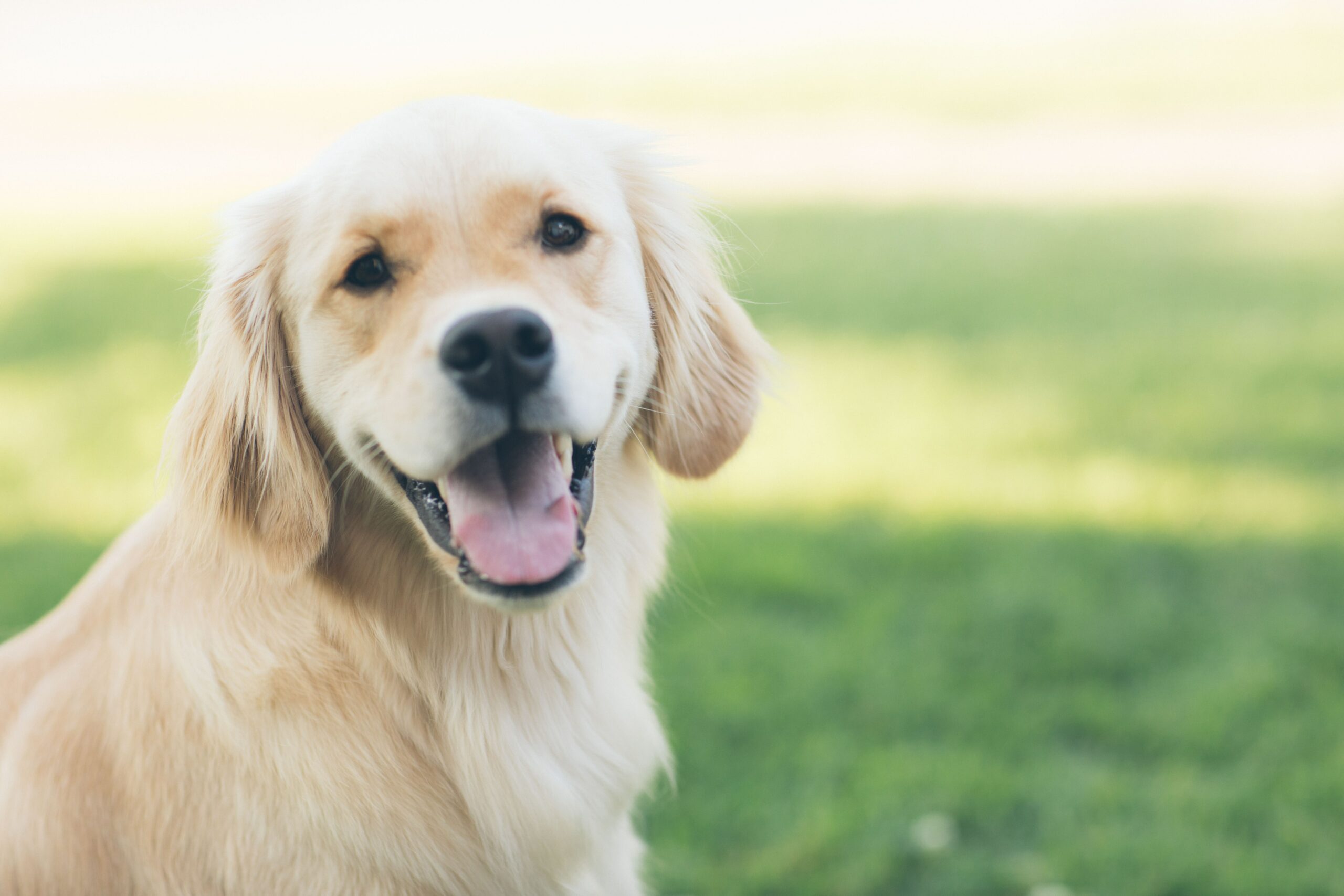Pets and Their People Blog
Teaching a Fearful Dog Trust and Skills – In That Order
Teaching is a proactive process, rather than a reactive one. The goal is to prevent unwanted behaviors, rather than wait for them to occur and then try to remedy the situation.
Helping Maizey
When a client asked for help with Maizey, a dog with several fear triggers, I resolved to begin with a proactive plan.
Maizey had a history of fear of strangers, fear of trucks, fear of other dogs and excessive arousal upon seeing squirrels. Her behavior responses included barking and lunging which made it stressful for her family during neighborhood walks. They described daily walks as running a gauntlet.
I first had to earn Maizey’s trust and then taught her fundamental skills that we could use during walks. These included Look, Touch, Find It and Loose-leash Walking.
- Look means to make eye contact with me on cue,
- Touch means Maizey puts her nose to my palm, and
- Find It is a game of sniffing the ground to find treats that I tossed (like an Easter egg hunt for kids).
- Loose-leash walking means establishing a reward zone next to my leg, so if Maizey stayed in that vicinity rewards were provided.
Maizey had a history of overexcitement with squirrels and had fearful-reactive responses to other dogs and trucks passing by, and she pulled on the leash, zigzagging back and forth. This made it stressful for her family to walk in their neighborhood.
I walked Maizey three days a week for two months and recently celebrated a wonderful experience, thanks to my initiative-taking approach.

As we began, I rewarded Maizey for proximity beside me and for eye contact, so she kept the leash loose and paid attention to me. Maizey was also given plenty of time to sniff along the way, which had a calming effect. When dogs sniff, the seeking system in the brain is activated and promotes the release of dopamine (one of the “feel-good” hormones).
We then encountered a multitude of her stress triggers in a short time, which resulted in trigger stacking. Rather than go over threshold, she remained calm, looking at the stress trigger and then back at me. Through positive reinforcement teaching methods, she was learning new behaviors in response to things which previously led to high arousal and unwanted behaviors.
During the entire walk I frequently reinforced her calm behavior with praise and treats.
We both returned home in a happy state and I beamed with pride. Our relationship is based upon Maizey’s safety and welfare, which allows her to learn.
Teaching a Fearful Dog – The Science
With a fearful dog I strive to reduce the number of alarm responses, their intensity and duration, and reduce the recovery process if an alarm response occurs.
I do this by thoughtfully exposing a dog to known triggers, and then encouraging alternative behavior responses (such as Look or Find It) which I can reinforce. What this does is reprogram the brain so the (former stress) stimuli trigger new, favorable behaviors. In technical terms it is called desensitizing and counterconditioning. In lay terms I call it fun!
It looks like this. See a squirrel, look at me, get a treat. See a dog, look at me, get a treat. See a truck, search for food, get some treats. The association with the stimuli switches from negative to positive and the dog learns new behaviors because we are proactive instead of reactive. Being proactive pays dividends – for pets and their people.
About the Author

Daniel H. Antolec, PCT-A, CCBC-KA, CPDT-KA began teaching dogs in 2011 and founded Happy Buddha Dog Training. He teaches dogs in a way that makes it fun for pet stewards and pets alike.
